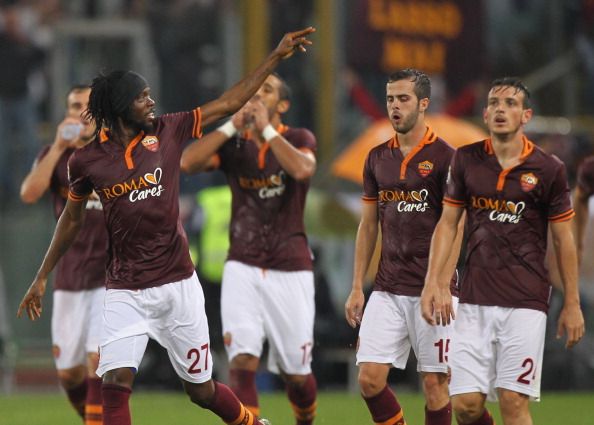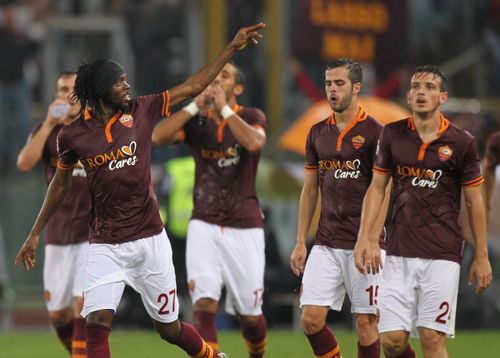
Italian Serie A: On a road to redemption

And they’re back!
The phoenix is a magnificent metaphor. The mythical bird that rises from its own ashes has been the symbol of rebirth for time immemorial. And rebirth is exactly the word that one would use to describe the phenomenon that is taking place in the Italian Serie A.
The league that was once the pinnacle of European and, by extension, world football found itself reduced to a mere shadow of its former glory at the turn of the millennium. As the 90′s waned, it seemed so did the power and allure of the Italian league, and the Spanish and English leagues grew in popularity. By the mid 2000′s, the Serie A was considered less popular than the Bundesliga; a fact that would have shocked the world just a few decades ago.
But now, finally, the leviathan stirs. Italian domestic football raises its head to the sky, as the giants of the Italian league look to have rediscovered what made them Gods of football once. Juventus, AS Roma and Napoli lead the charge, and Inter Milan look to once again re-establish the glamour that once surrounded their name.
To understand Serie A’s rise, one must look to its fall. One of the major reasons for the collapse of the Serie A is the economic model that they employed. The Serie A was, and remains, founded on the principles of shared ownerships; of players, stadiums and resources alike. On the plus side, this allowed the clubs to sign more players while having to pay much lesser than their otherwise high keeping costs.
Even recently, there are examples such as Sebastian Giovinco, who was co-owned by Juventus and Parma. Parma secured 50% of the player’s rights after shelling out €3 million in 2011. Juventus had to shell out €11 million in 2012 to buy back the 50% they had sold to Parma, after Giovinco’s impressive performances for the Crociati. The concept of shared ownerships has also prompted to increase the murky nature of transactions between the clubs, players and agents.
The issue of agent-involvement in football has been a topic of hot debate, with some claiming that the influence exerted by agents is slowly but surely making football just a money-making business. The economics involved in the Serie A transactions lacked any semblance of transparency, or at least the attempt at one, which is at least present in the other leagues.
The most famous reason for Italian football’s collapse is, of course, the Calciopoli: the notoriously famous match-fixing scandal of 2006. The scandal rocked the footballing world to it’s foundations and affected not only the Serie A and B, but also Italian football as a whole. Incumbent Champions Juventus, and heavy-weights AC Milan, Fiorentina, Lazio and minnows Regina were the prime clubs implicated in the scandal. Without going into too much depth, the gist of the scandal was that the aforementioned clubs were proven to be guilty of rigging matches by selecting favourable referees.
The repercussions from the scandal were far-reaching, to say the least. But the immediate after-effects of the scandal hit Italy the hardest; Juventus were stripped of the title, and were relegated to Serie B. They were also handed a reduced points penalty, as were Milan, Lazio, Fiorentina and Reggina. Both Milan and Juventus lost their eligibilities for participating in the Champions League for the next season. It seemed then that Italian football might never recover from such a big jolt. The popularity of Italian football was at its lowest, and more and more fans were gravitating to the English Premier League.